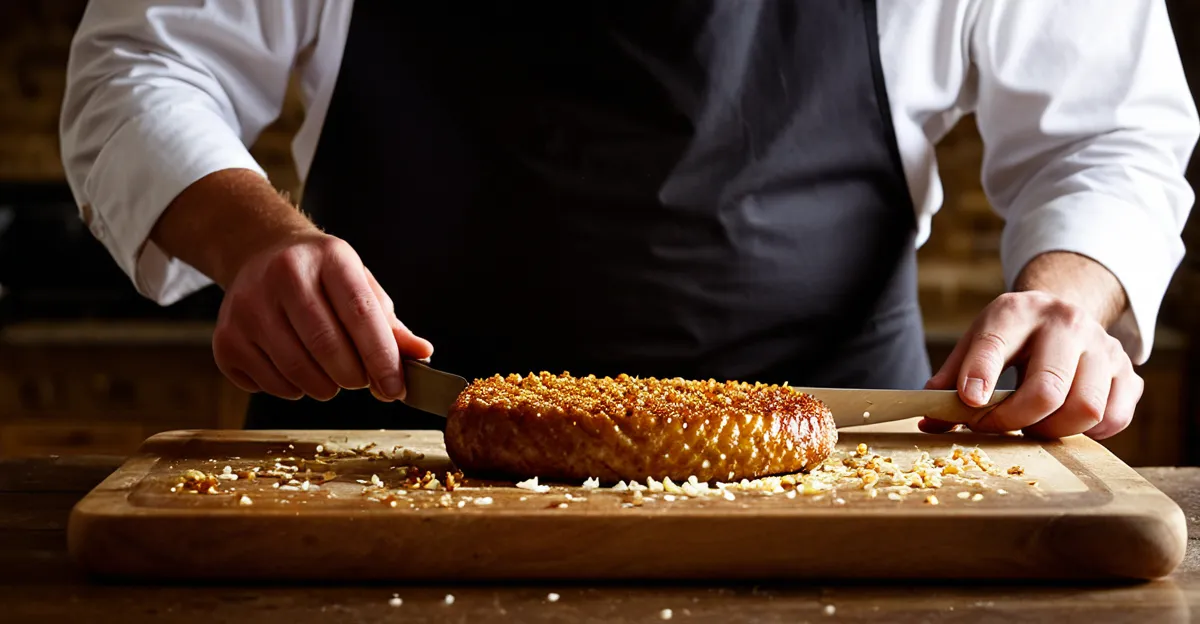Distinctive Traditional British Cooking Techniques
Traditional British food features several unique British cooking methods that have been cherished for centuries. These techniques often reflect the resourcefulness of cooks adapting to local ingredients and preservation needs.
One such method is sousing, a preservation technique primarily used for fish. This process involves soaking fish in a mixture of vinegar and spices, which not only flavors the fish but also extends its shelf life. Soused fish, such as herring, is a staple in regional British cuisine, showcasing the balance between tanginess and spice.
Also read : How Can Traditional British Dishes Be Adapted for Modern Lifestyles?
Another hallmark method is jugging. This slow-cooking approach involves sealing meat—commonly game like hare—in a jug with liquid such as stock or wine, then cooking it gently over several hours. Jugging tenderizes tougher cuts while infusing deep flavors, making it a distinctive part of traditional British food. Typically, herbs, onions, and sometimes blood are added to enrich the dish, further emphasizing its historical roots.
Suet pudding steaming is a classic example of British culinary tradition used for both sweet and savory dishes. Suet, a type of animal fat, is combined with flour and other ingredients to form a dense mixture. This mixture is wrapped and steamed for substantial periods, resulting in iconic regional dishes such as spotted dick or steak and kidney pudding. The steaming method ensures moist, tender puddings with rich textures.
Topic to read : How Can Traditional British Recipes Be Modernized for Today’s Kitchens?
Each of these cooking techniques defines regional British cuisine’s distinct character. They illustrate how historical cooking practices continue to influence the flavors and textures associated with traditional British food today.
Historical and Cultural Context of British Cooking Methods
Traditional British food and its unique British cooking methods are deeply rooted in the historical food culture UK has nurtured over centuries. Geography and climate have played crucial roles in shaping these techniques. Britain’s damp, cool climate favored methods like sousing, which relied on vinegar to preserve fish in coastal regions where fresh catch needed extending. Similarly, jugging emerged as an effective slow-cooking method to tenderize game and tougher meat cuts available through hunting and rural farming in various locales.
These approaches were developed out of necessity to preserve food without modern refrigeration, using locally sourced ingredients. The reliance on staple products—vinegar, suet fat, and herbs—reflects the adaptation to available resources within regional British cuisine. For example, the use of suet in puddings leverages animal fat from common livestock, which was both economical and practical.
In contemporary times, such historical British recipes have evolved but still influence modern British cuisine. Many chefs embrace these traditional methods, sometimes innovating to suit current tastes while honoring their origins. The slow, flavorful results of jugging or the moist texture achieved by suet pudding steaming continue to appeal both in restaurants and home kitchens, showing the enduring legacy of Britain’s culinary history.





